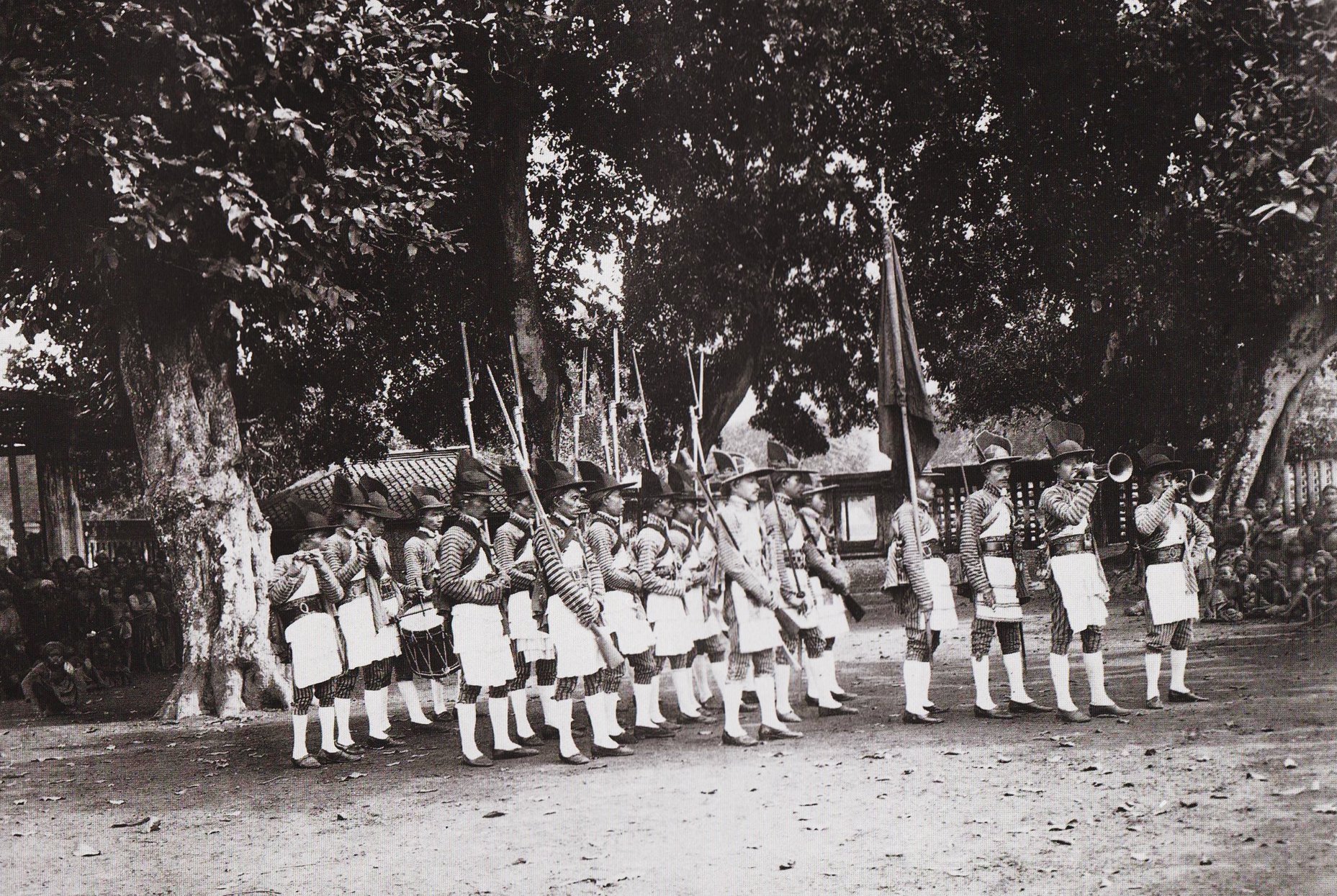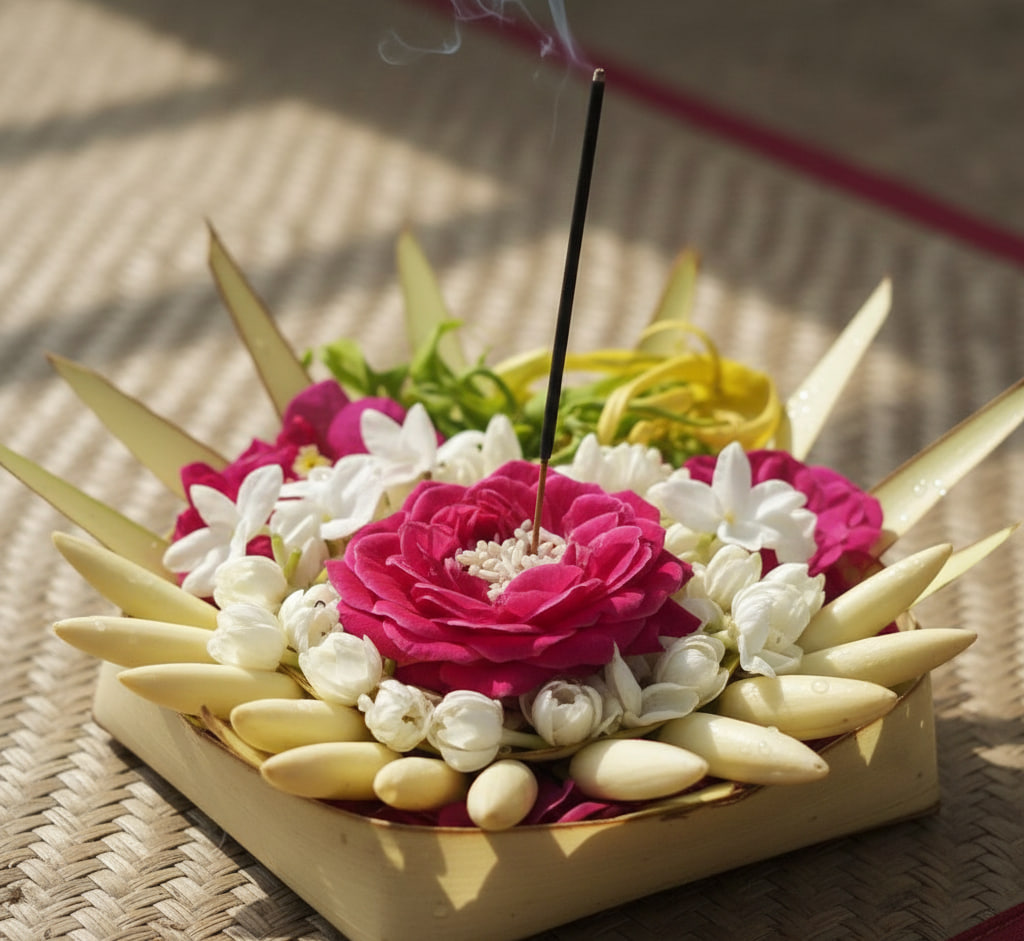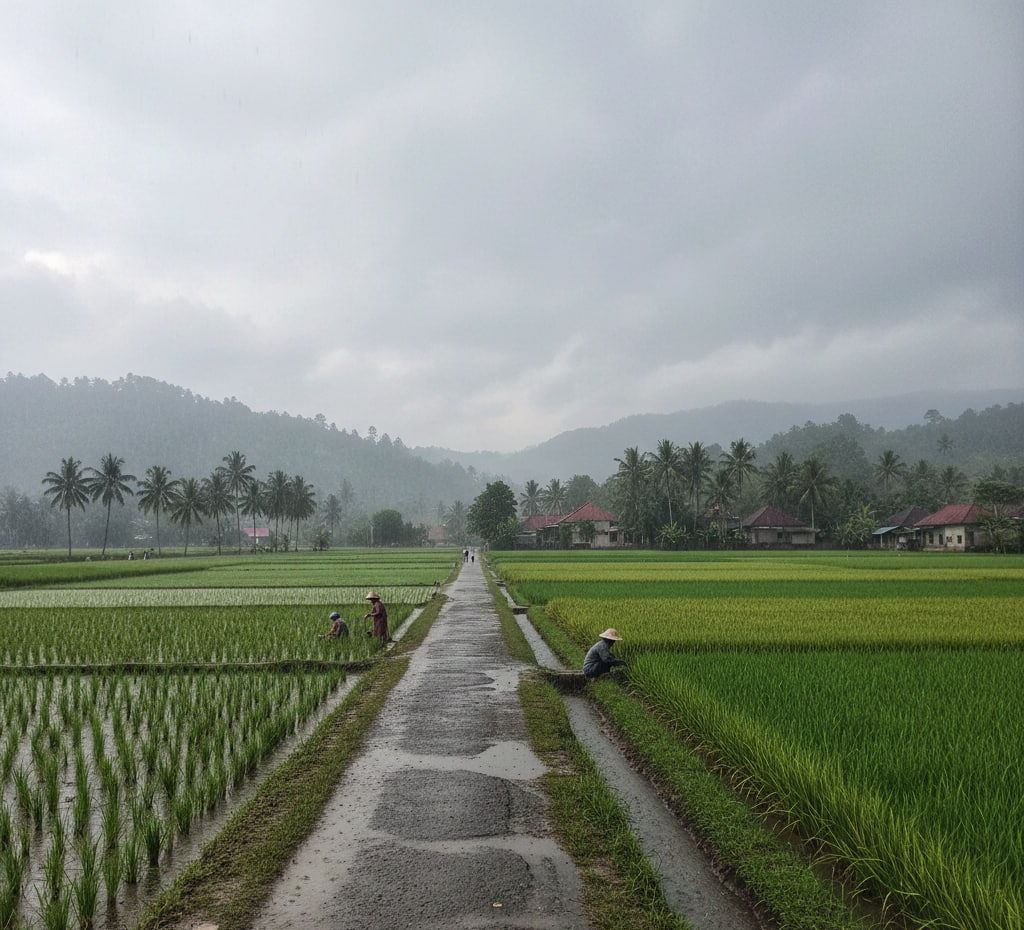News
Textile Collection of Sonobudoyo Museum: Exploring History and Preserving Cultural Heritage
The Sonobudoyo Museum in Yogyakarta holds more than 600 valuable textile collections, including batik, embroidery, and woven fabrics from various regions across Indonesia. Each piece in this collection carries its own story and deep philosophical meaning, reflecting the richness of Indonesian culture. These collections feature motifs that are not only visually captivating but also steeped in cultural and historical values.
The Parang Batik Collection: Philosophy in the Waves
One of the most renowned batik pieces at the Sonobudoyo Museum is Parang Batik, which has a long history dating back to the era of Panembahan Senopati, the Sultan of the Islamic Mataram Kingdom who reigned between 1586 and 1601. The Parang motif was inspired by Panembahan Senopati while meditating on Parangtritis Beach, observing waves crashing against rocks. The spiral of waves in this motif is symbolized by diamond shapes, known as "mlinjon" in batik terminology. This philosophy portrays the struggles of a leader, likened to challenges within a whirlpool, where success is symbolized by discovering a diamond as a reward for overcoming obstacles.
Sulur Ringin Motif on Lurik Fabric: A Symbol of Eternal Life
In addition to batik, the museum also showcases lurik fabric with the Sulur Ringin motif, which attracts attention for its unique meaning. Although it appears simple with striped patterns, this motif holds profound significance. Sulur Ringin symbolizes eternal life, akin to the resilient banyan tree that withstands various challenges and has a long lifespan. It represents strength and longevity in life.
Textile Collection Maintenance: Preventive and Curative Conservation
Due to their organic material, textile collections are sensitive to environmental factors such as temperature, humidity, light, and dust. Sonobudoyo Museum implements preventive and curative conservation measures to preserve these collections. Preventive conservation includes controlling temperature and humidity in exhibition rooms and using silica gel to reduce excess moisture. Textiles are stored in rolls to avoid creases that could damage the fabric threads.
For curative conservation, dusty textiles are cleaned mechanically with soft brushes or vacuum cleaners covered with cloth. For fabrics that require washing, checks on fabric structure, color fastness, and pH levels are conducted beforehand to prevent damage.
Exhibitions and Education: Engaging the Public with Indonesian Textile Heritage
Sonobudoyo Museum actively introduces its textile collections through various exhibitions, both domestically and internationally. One example is the Temporary Batik Exhibition at the Sonobudoyo Museum in 2009, and the international exhibition “Batik Kita: Dressing in Port Cities” at the Asian Civilization Museum in Singapore in 2022. Additionally, Sonobudoyo Museum routinely organizes public programs such as “Batik Workshop at Sonobudoyo Museum”, held every Tuesday to Sunday. This program allows visitors, especially the younger generation, to learn batik-making techniques directly while understanding the cultural values embedded in the art.



